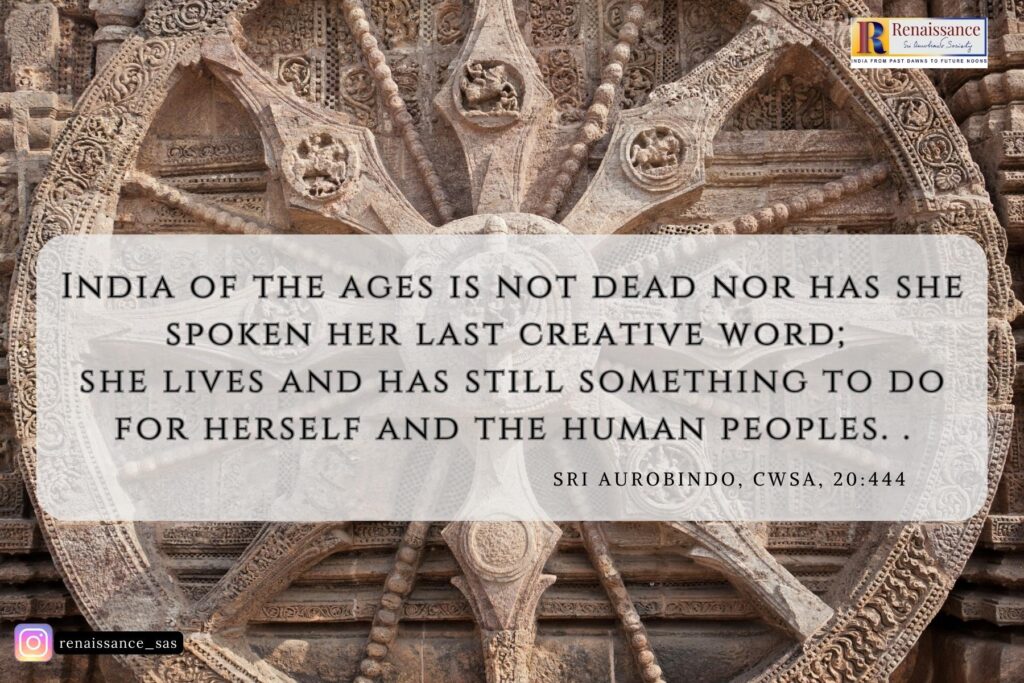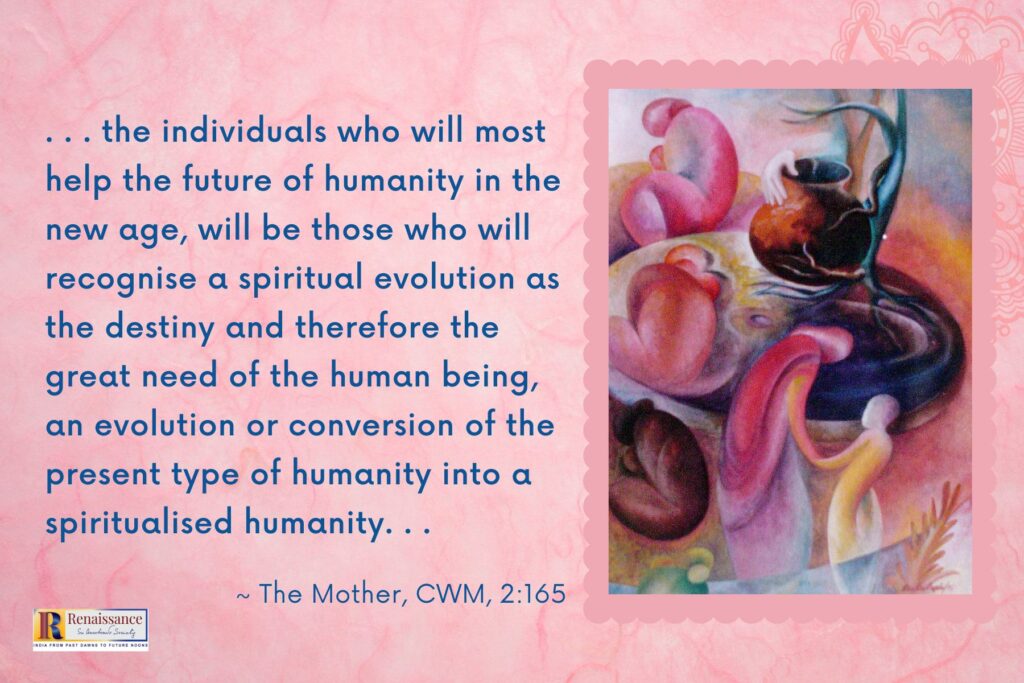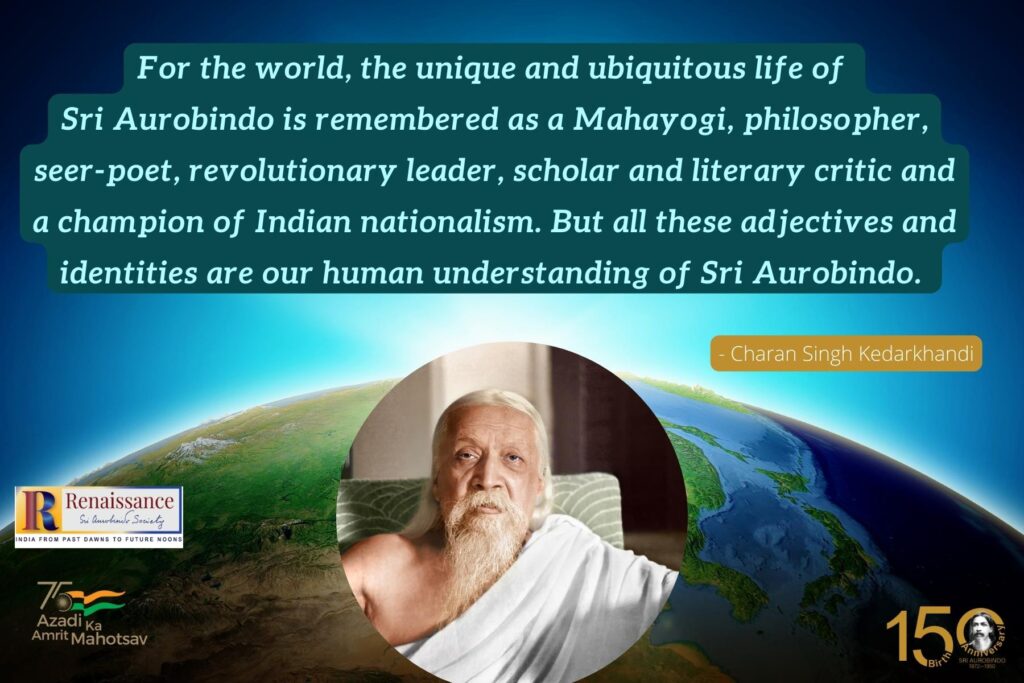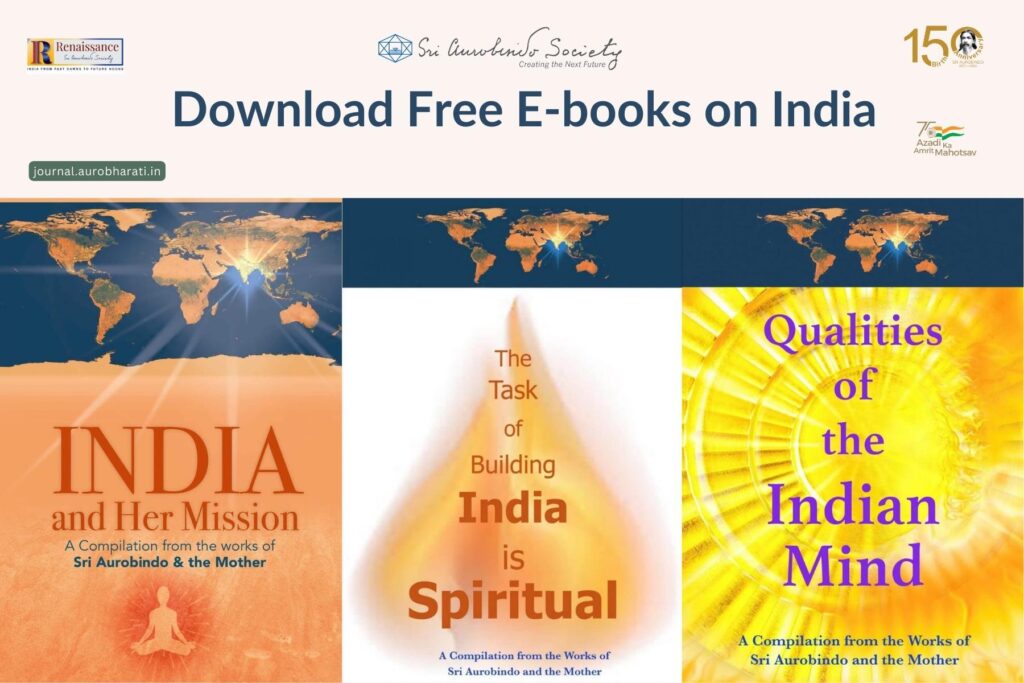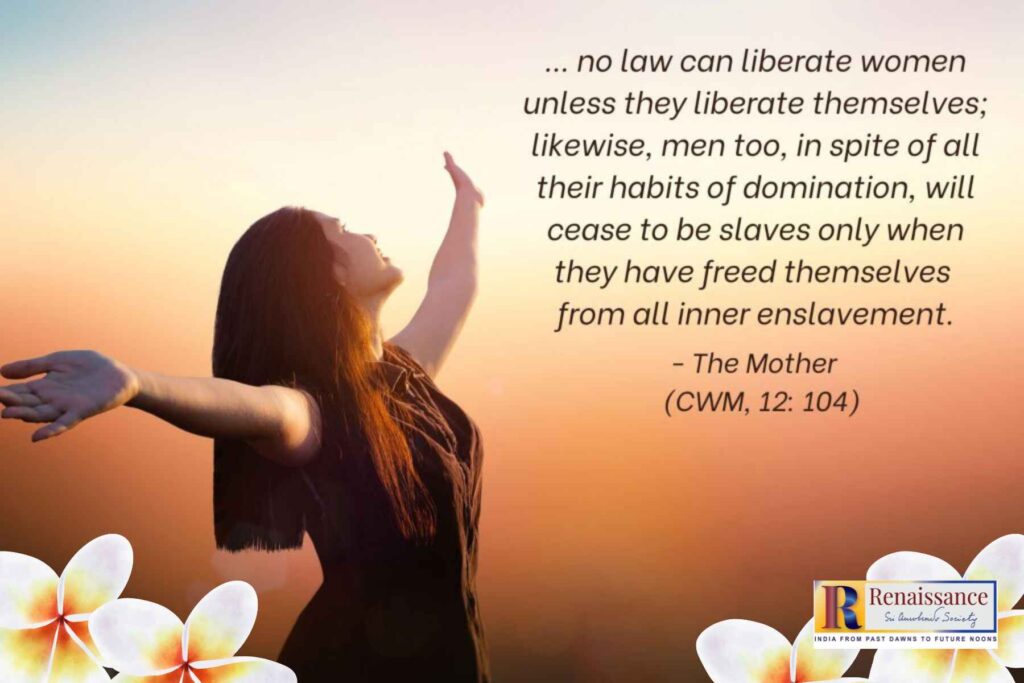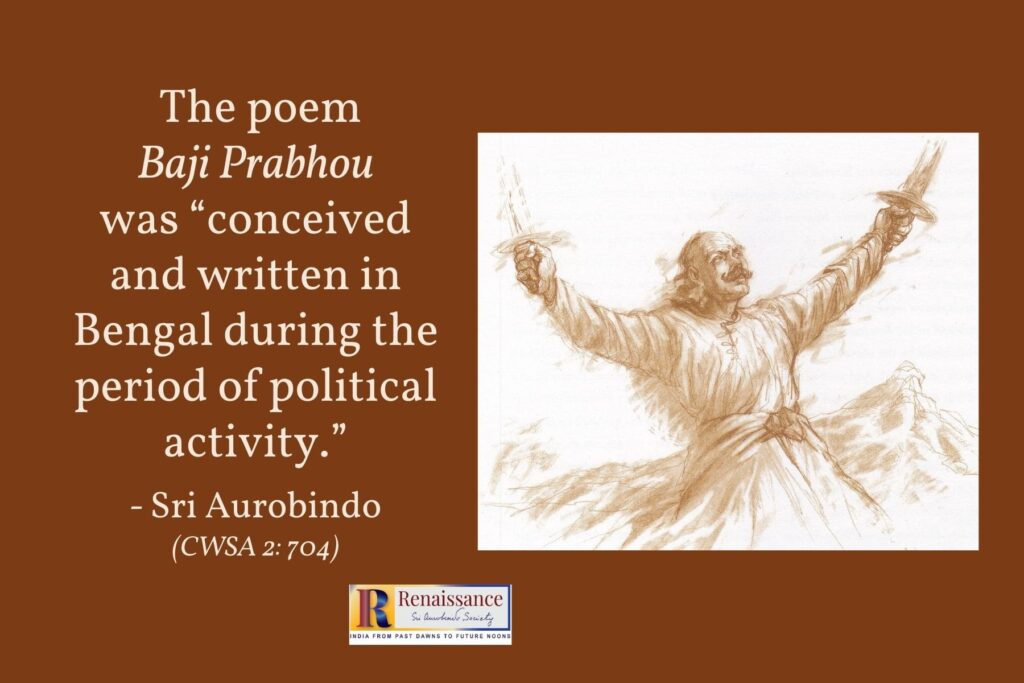The Ideal Flag for India – Part 1
Originally published in Mother India, August 1949, this essay, approved by Sri Aurobindo, deepens the current discourse on our essential national identity and its expressions.
The Ideal Flag for India – Part 1 Read More »


